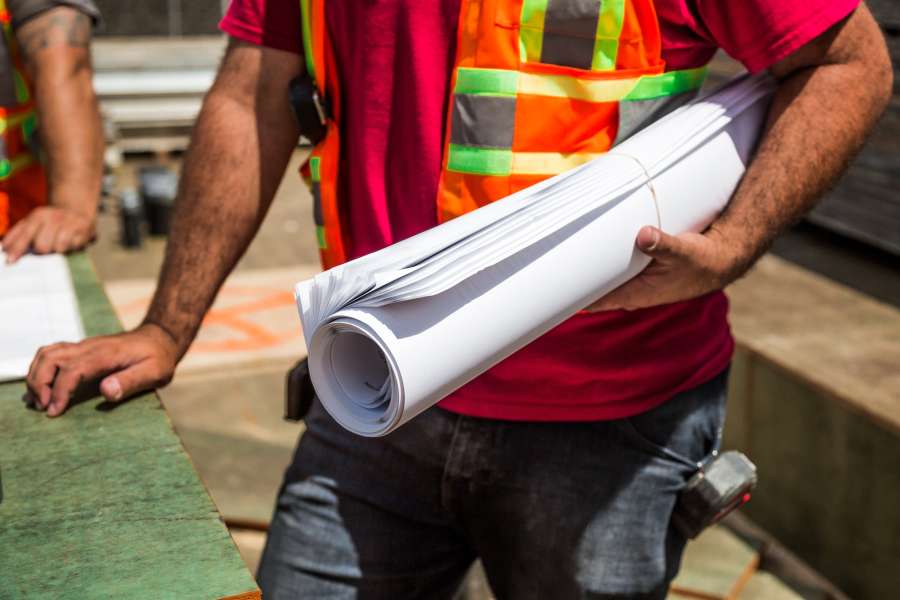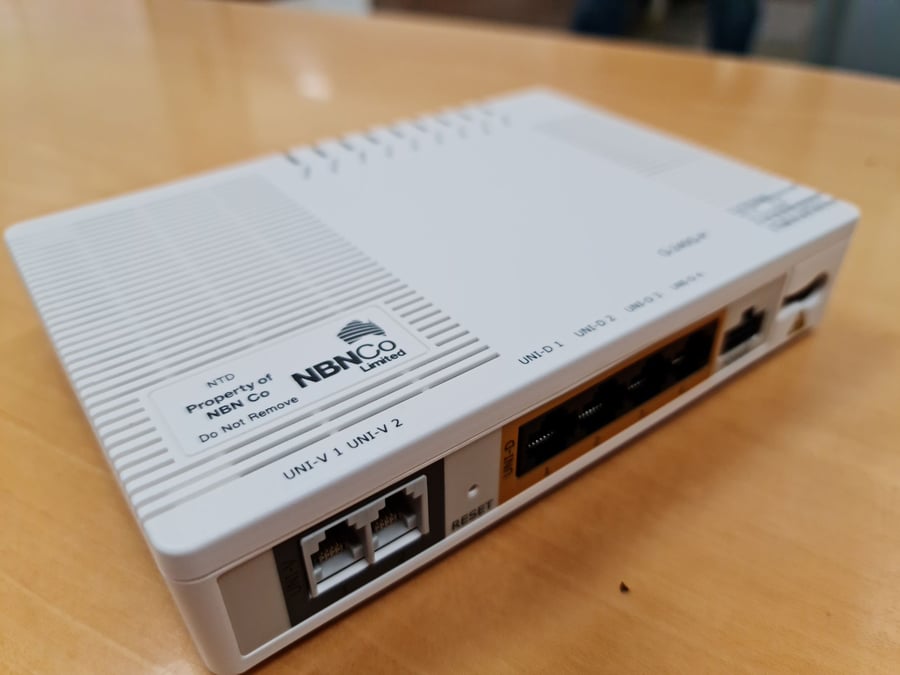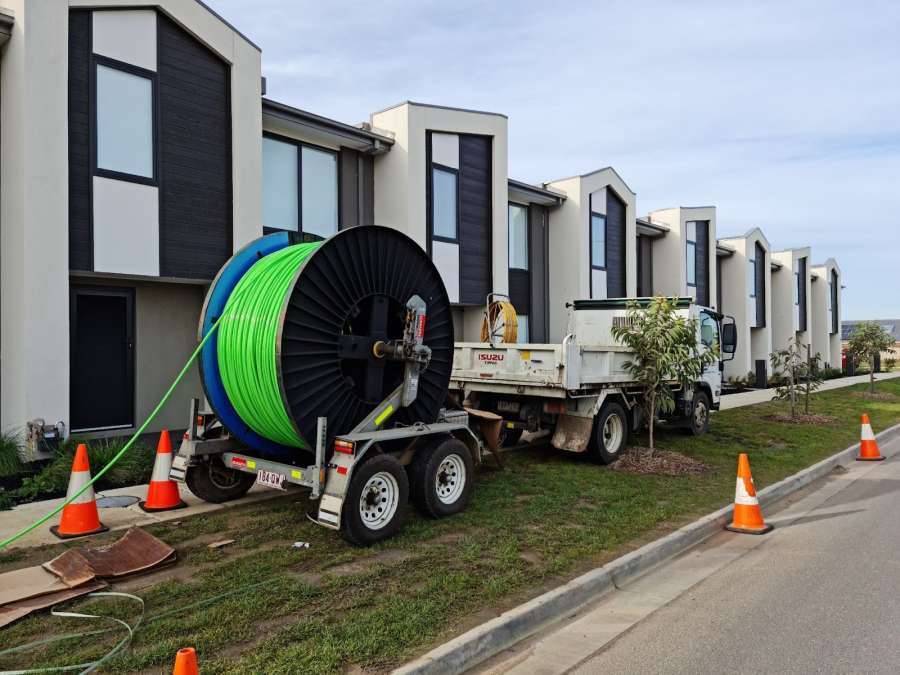
(03) 8592 8100

5 Key Telecommunications Terms You Need to Know for NBN Compliance
If you’re a builder, developer, surveyor or home owner managing a development or subdivision, by now you’ll know that getting your new property nbn-ready is an essential step in receiving your certificate of occupancy.
Whether you choose to outsource this aspect of the build to a telecommunications contractor, or try and handle it in-house, knowing your responsibilities relating to pit and pipe internally and externally can save you a lot of time, money and hassle.
So to give you a head start on your understanding, we’ve compiled a list of 5 important telecommunications terms and their meanings.
Telecommunications in new developments policy

In recent years, the Australian Government released the telecommunications in new developments policy (TIND) which outlines the requirements for developers and NBN Co with regards to delivering telecommunications infrastructure on new properties. The policy is in place to ensure that all residents of new homes have access to both telephone and broadband internet services when they move in. It also outlines who is responsible for both the provision and the cost of each aspect of the infrastructure. It’s essential that you are aware of all your responsibilities, the cost involved and the timing around each stage to avoid unexpected delays and expenses during your project.
New Development Application

The New Development Application is an online form that must be completed and submitted to NBN Co in the early stages of your project. For small subdivisions allow a minimum of three months, and for larger developments submit it no later than six months prior to the expected date of completion. The application contains all the relevant details NBN Co require for assessment, including a service plan or master development plan which shows how the nbn infrastructure will be installed. Once your application has been assessed, you’ll receive an invoice that confirms the charges payable, and an estimate on how long it will take to get connected.
VC81 Council Documentation/Forms 1 & 2

The VC81 Compliance Documentation (also referred to as Forms 1 & 2) is a document that all councils now require in order to issue a certificate of occupancy. The forms are essentially written evidence that an nbn fibre network that is compliant has been provided to each block of your development. Ensuring all the boxes are ticked and everything is 100% accurate and complies with the relevant legislation and NBN Co’s strict regulations is an absolute must to avoid any errors, delays or remediation. It is for this reason that the forms should be prepared and submitted by a qualified telecommunications entity like MCS Connect.
Pit and pipe design and construction

Pit and pipe construction involves the installation of conduits and pipes on your property that lead to shared local network pits. If the telecommunications for your new development or subdivision will be installed underground, it will run through the conduits, with the connections accessed and managed in the pits. You are required to design the pit and pipe works to NBN Co’s strict guidelines, and upon acceptance of the design, build them exactly as shown on your plans. Due to the precise nature of this work and level of expertise required, both the design and construction of the pit and pipe is generally outsourced to an experienced telecommunications contractor.
Lead-in conduit
A lead-in conduit is typically installed underground, running from the property boundary to the external telecommunications point, except where existing aerial infrastructure is in place. Its purpose is to directly connect the premises to the nbn broadband access network without the need for any pits. You are required to submit a service plan outlining the location of the lead-in conduit with your application and to dig the trenches once approved. NBN Co will install the local cable network in the street and connect the property once the in-home cabling is complete.
Expert help will simplify the process
Telecommunications technology and policy is continually evolving, and keeping up can be challenging. That’s why most developers, builders, land surveyors and home owners opt to outsource some or all of the tasks required to design and build telecommunications infrastructure.
When you work with a telecommunications contractor with the relevant qualifications and experience to deliver timely, quality work, you can be confident the work will be completed right, with no added time, hassle or cost to your project.
MCS Connect can help you with all aspects of telecommunications infrastructure and compliance for your new development. To find out more, contact our team on 03 8592 8100 or submit an online quote anytime and we’ll get back to you soon.
